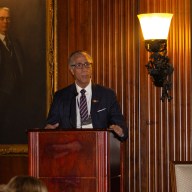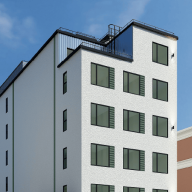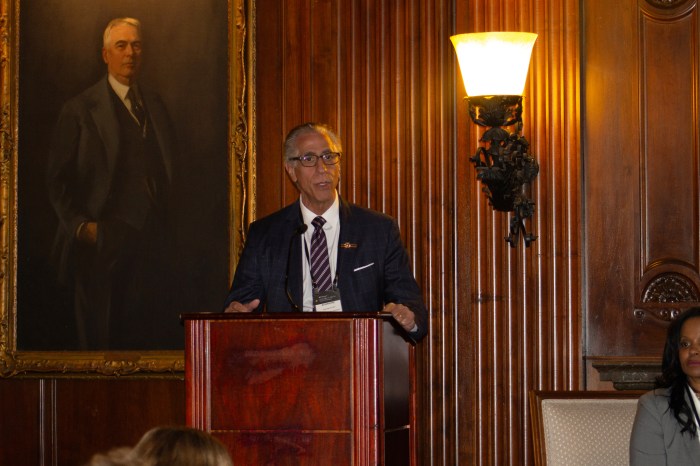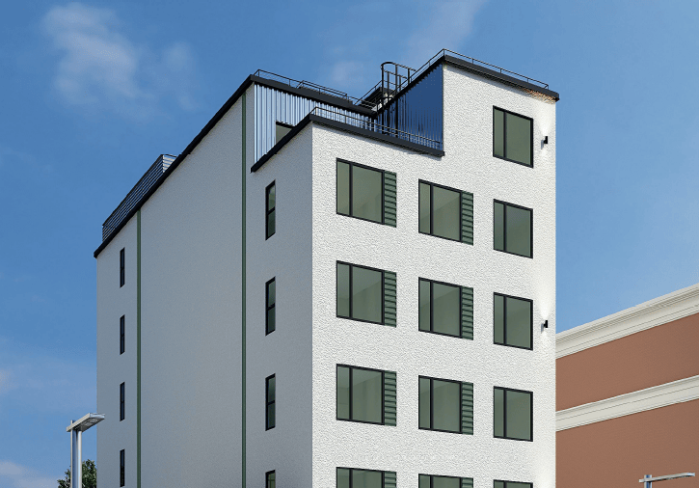The city has come out with its recommendations for what the waterfront should look like in the year 2020, and community leaders in the east Bronx like what they see.
On September 13, the city released its draft recommendations for Vision 2020: The New York City Comprehensive Waterfront Plan.
The plan outlines suggested changes that will improve sustainability and increase usage of more than 500 miles of shoreline around the city.
While four coastal sections of the Bronx were individually studied and identified in the draft proposal, the eastern portion – known as “reach nine” – encompasses coastal areas of Soundview, Harding Park, Clarson Point, Throggs Neck, Silver Beach, Locust Point, Edgewater Park, Country Club, Spencer Estate, Co-op City and City Island.
The city’s plan includes specific recommendations for nine separate sites in the eastern portion, but across the region the plan calls for the city to explore ways to increase capacity for bulk and dry shipping routes, which may require dredging at locations in Westchester Creek, Eastchester Bay and the Hutchinson River.
According to community officials involved in the process, the plan for the Hutchinson River is the largest part of the draft.
“The most crucial part is restoration of the Hutchinson River,” said Barbara Dolensek, who submitted ideas during the city’s planning process. “It’s not going to be easy to do everything, but we felt this was a very important first step. And it’s great that they made this a major part of the project.”
The plans include supporting the citizen-led project to clean the river of debris that has been dumped there over time, and working with state programs to improve the water quality of the river and Eastchester Bay.
“I’m thrilled to death,” said Eleanor Rae, president of the Hutchinson River Restoration Project. “We really did a lot of emailing and said ‘These are our concerns,’ so maybe they listened.”
Also in the plans are improved waterfront access in City Island and in Eastchester Bay at the MTA bus yard.
In Co-op City, the planning department suggested creating public access to the waterfront by removing fencing and putting in a bike lane.
“We’ve been talking to Co-op City about improving access for years,” Kenneth Kearns, Community Board 10 district manager said. “It’s a good thing they recognized it and we’ll just keep trying to get it.”
At the former industrial site at 825 Bronx River Avenue, known as the Loral site, the city recommends that they work with the private owners and the newly created NYC Brownfield Program to clean and redevelop the site. Public access to the waterfront will be part of the redevelopment efforts.
In Clason Point, the city suggested that the community work to build a boat launch and fishing facilities.
At the city-owned Zerega Industrial Area off Watson Avenue, the city will push to develop the property into a water-based industrial site that has a street-end riverfront access point for the public.
In Ferry Point Park, the city is looking to protect the shore from erosion, and in Belden Point the city plans to pursue funding to restore the shoreline and create waterfront access.
The suggestions also include developing the SUNY Maritime College as more of a hub for maritime services, along with the educational and workforce opportunities it already creates.
This complex draft proposal follows a year of extensive outreach and discussions with community members and waterfront stakeholders.
The city will hold another public meeting to gauge the public’s response to these recommendations on October 12.



















